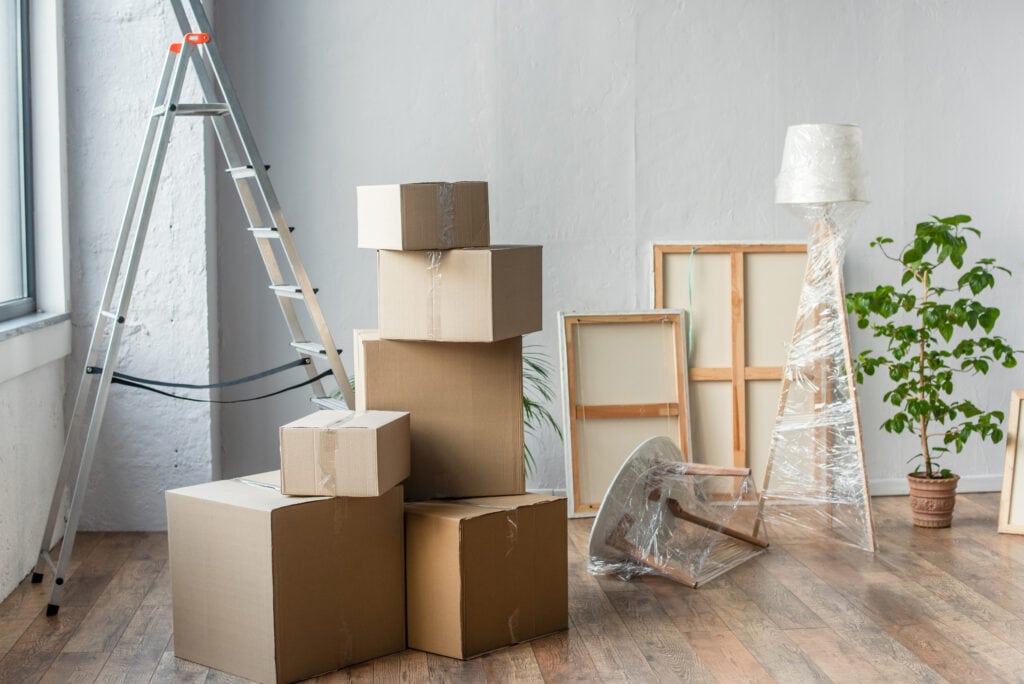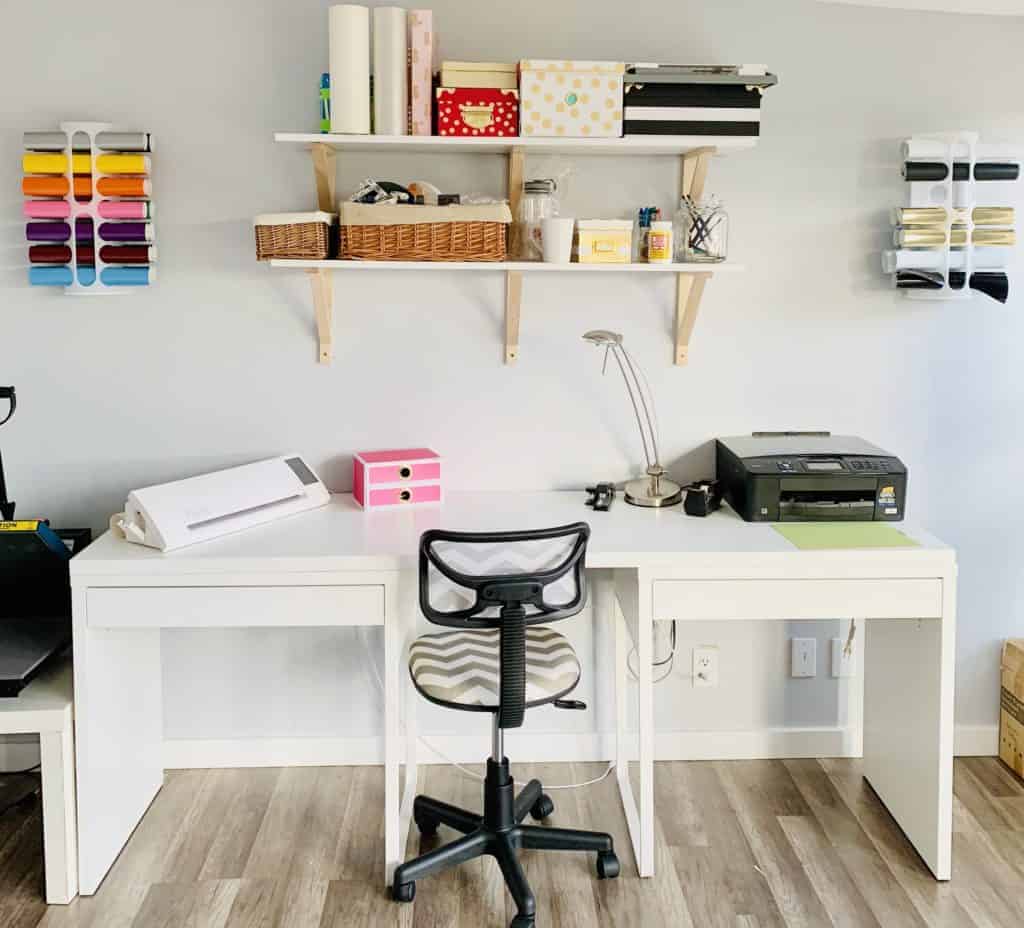The experience of moving, though often exciting, can be considerably overwhelming without the proper preparations. For city dwellers, such as those in the hustle and bustle of New York City, this process can be further complicated by the constraints of tight urban environments. Taking the initiative to pack smartly and efficiently can alleviate a great deal of the anticipated stress. Those who are not seasoned movers might enlist the help of reputable local movers in NYC to assist with the heavier aspects of the move. However, before their arrival, a significant amount of organization and preparation is required to ensure a smooth transition to your new abode. Below, we delve into a series of discreet packing tips designed for anyone embarking on a local move, aiming to transform chaos into serenity during this often tumultuous time.
Planning Your Local Move: A Strategic Approach
A systematic approach is indispensable for a well-orchestrated move. Begin with a comprehensive moving checklist that outlines every task, from procuring packing supplies to confirming parking arrangements for the moving truck. A cornerstone of effective moving planning is the elimination of clutter. By reviewing your possessions and parting with the extra, not only will you lighten your load but also make unpacking in your new home that much easier. Furthermore, bear in mind that timing influences the ease of your move. Arranging your move on a weekday may help bypass the usual weekend rush and reduce the overall cost. Proactive scheduling also includes confirming your reservation with movers to secure your preferred date.
Choosing the Right Packing Materials
Superior quality packing materials are essential in safeguarding your valuables. An indispensable supply list includes varied box sizes for different contents: small boxes for hard-wearing items like books, medium-sized for miscellaneous goods, and large boxes for bulky, lighter objects. Invest in a few wardrobe boxes for clothing that feature a built-in rod, enabling direct closet-to-box transfer sans folding. Furthermore, substantial supplies of bubble wrap, packing peanuts, and packing paper are crucial for safely transporting your fragile wares. Ensure to reinforce the boxes’ bottoms with high-quality packing tape to prevent mishaps during the move.
The Art of Packing Boxes
To pack boxes like a pro, begin with padding on the bottom. Heavy items should be placed first, creating a stable base, while lighter items can fill the remaining space. However, do not fill the boxes evenly enough to lift. When packing fragile items, individually wrap each piece in bubble wrap, securing the ends with tape. Then, nestle each piece snugly within a box lined with extra packing paper or peanuts. This cocooning technique minimizes movement and vastly reduces the risk of damage during transit. Utilize linens, towels, and clothing to fill gaps and pad around objects, using every available space while adding protection.
Labeling for Unpacking Efficiency
Strategic labeling is a critical element in the moving process. Employ a two-part labeling system: list the contents in detail on one side of the box; on the opposite, note the destined room in the new residence. Using color-coded labels can further expedite the moving process by offering visual cues to movers about where to place boxes. If employing a numerical system, maintain a corresponding spreadsheet cataloging each box’s contents, streamlining the inventory process, and cross-checking upon arrival. An accurate labeling system not only aids the organization but also paves the way for a hassle-free unpacking experience.
Packing Electronics Safely
Regarding electronics, the unique challenge lies in safeguarding delicate components and managing a tangle of wires. Snap a photo of the back of your devices before unplugging to serve as a reconnection guide later. To best protect screens and monitors, wrap them in anti-static bubble wrap, which prevents electric charges that could damage sensitive electronics. Using sturdy, appropriately sized boxes and filling any voids with packing peanuts or crumpled paper is beneficial to prevent movement. Remember to place all associated cords, labeled with their corresponding device, into the same box for an untroubled setup in your new space.
Handling Fragile Items and Antiques
Packing items with sentimental or monetary value requires additional care and attention. Every fragile item should be individually wrapped in bubble wrap and placed in pre-cushioned specialty boxes to ensure security during handling. For antiques and valuables, consider employing custom crating services that movers may offer, providing tailored protection for these irreplaceable items. It’s also wise to let the movers know which boxes contain particularly delicate items so they can arrange them in the moving van accordingly.
Packing Clothes and Personal Items
The approach to packing clothes should balance preservation and efficiency. For off-season and bulky clothing, vacuum-seal bags are a space-saving marvel, compressing garments and making them simple to pack and carry. For everyday wear and personal items, utilize your suitcases and duffle bags to transport these items and reduce the need for boxes. Pack an overnight bag containing all your immediate essentials, like medication, chargers, and a few days’ worth of clothing, to ensure comfort and ease as you settle into your new space. This approach reduces the need for urgent unpacking and provides easy access to necessities during those busy days following your move.
Utilizing Moving Services for Heavy and Bulky Items
Managing ponderous and oversized items is often best left to the professionals. Faced with the task of moving heftier possessions such as sofas, armoires, or even a grand piano, specialized moving services are invaluable in ensuring these items’ safe relocation. Professional movers are adept in maneuvers that reduce the risk of damage to the item or the property, employing techniques garnered through extensive experience. When considering such services, research movers who offer insurance and guarantee extra peace of mind with your prized possessions.
Must-Have Packing Supplies Checklist
Ensuring that your packing supplies are well-stocked and easily accessible is critical to a streamlined process. Beyond the boxes and bubble wrap, stock up on tools like a tape dispenser, durable scissors, and box cutters for efficient packing and unpacking. Additionally, have a good supply of permanent markers for transparent labeling, and consider padlocks for boxes containing personal or sensitive information. Gathering all your supplies in advance will keep you organized and poised for an effective packing operation.
Last-Minute Packing Tips
The closing stages of packing can be the most heated. Emphasize your focus on your daily essentials, setting aside a specific area for these items to minimize confusion. Consume or donate perishable goods to lighten the load and avoid waste. Final-hour packing may also see you grouping miscellaneous items – ensure these boxes are labeled as ‘miscellaneous’ for proper sorting later on.





